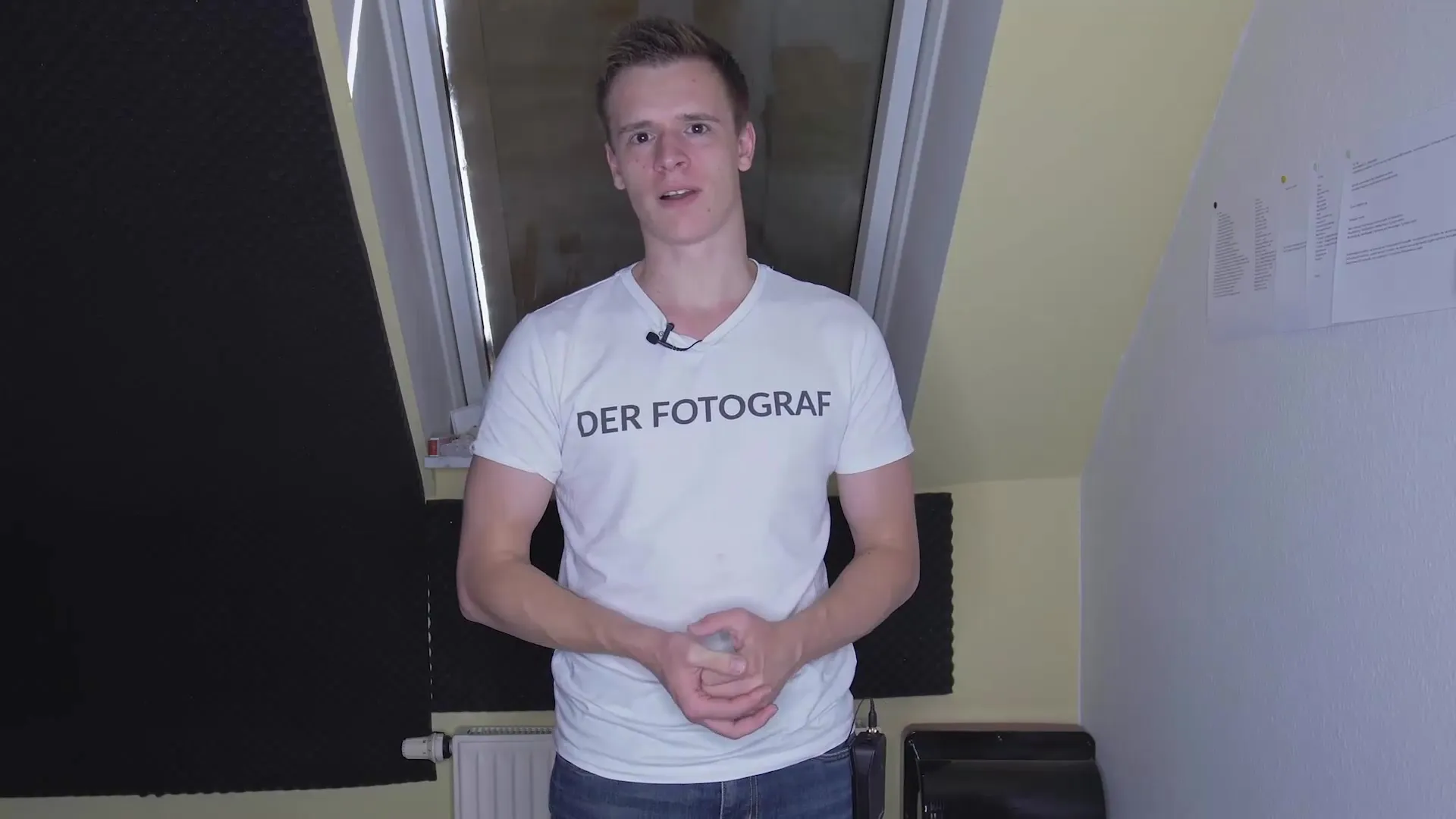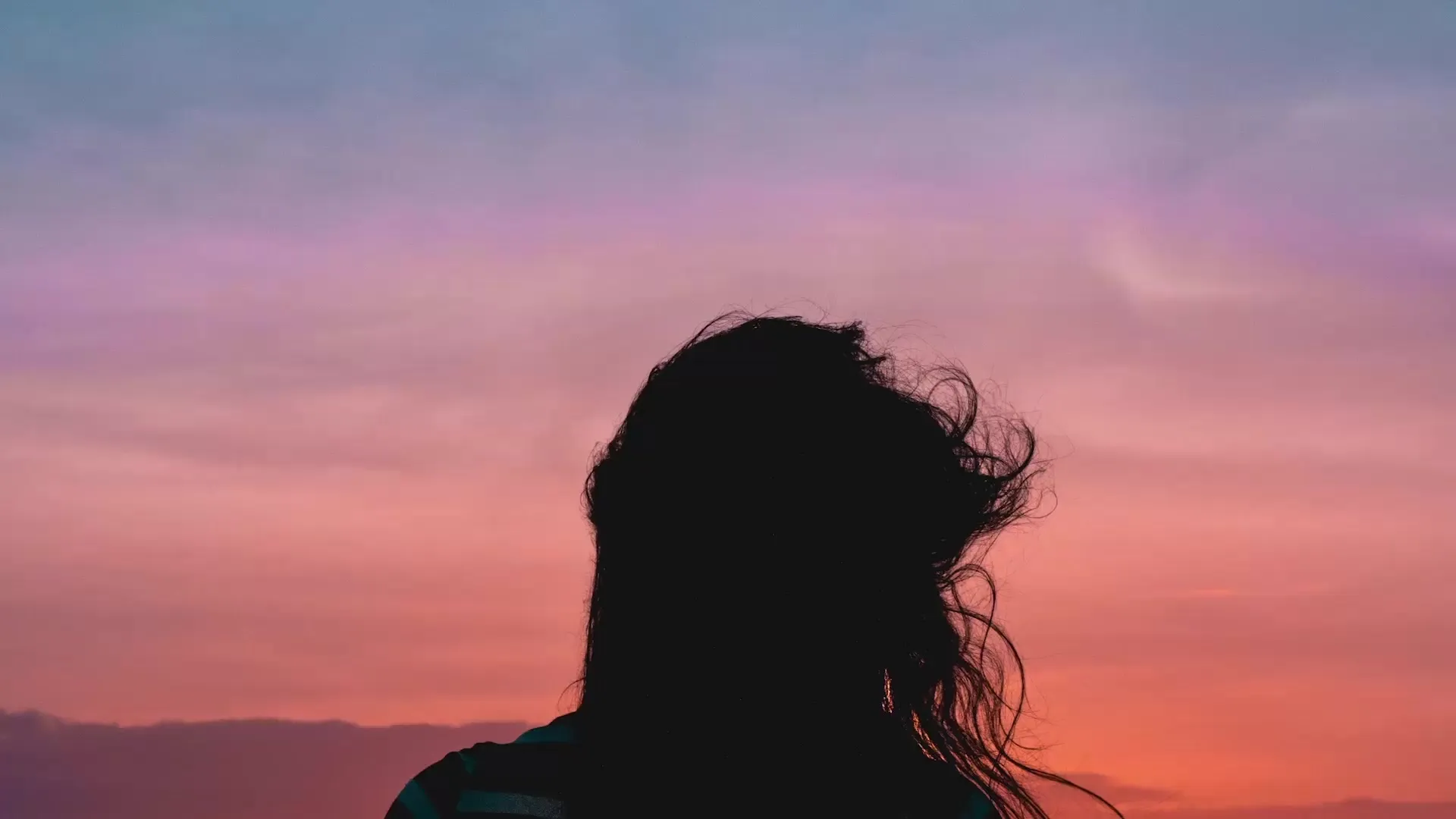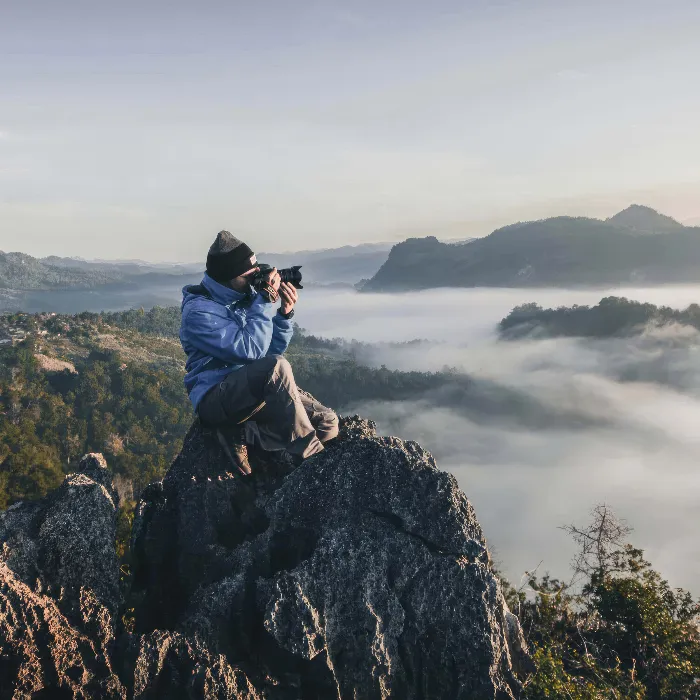The photographing of silhouettes opens up an exciting opportunity for you to experiment with light and shadow. You can create impressive images with simple means. It is important to pay attention to some basic techniques to achieve the best results. In this guide, I will explain to you step by step how to photograph effective silhouettes and which lighting conditions you should use.
Key Insights
- Silhouettes are created through strong contrast between light and shadow.
- Position your light source behind the subject.
- Use the camera settings to control the brightness of the image.
Step-by-Step Guide
Proper Use of Light Sources
Light plays a crucial role in photographing silhouettes. To achieve the most effective results, you should ensure that your subject is well lit from behind. Turn off or disable any other light sources in the room to avoid unwanted brightness. This way, the front part of the subject becomes dark, enhancing the silhouette effect. Create a high-contrast shot by directing the light source, for example, through a window towards the outside.
Adjusting Aperture and Exposure
Once you have positioned the light source optimally, it’s time to adjust the camera settings. Reduce the exposure to make the image as dark as necessary. You can achieve this by adjusting the camera's aperture. Aim to set the image so that only the outline of the subject remains visible. Make sure to close the aperture enough that only the profile of your silhouette is recognizable.

Creative Background
The background has a significant impact on the overall image of your silhouette. A clean, bright background that does not distract is best. It can be the sky or a solid-colored wall. Ensure that there are no other dark objects in the background that could disturb the silhouette. Remember that the background should support the theme of the image.

Exposure and Test Shots
Take a series of test shots to find the right aperture and exposure for your subject. Experiment with different lighting conditions and camera settings until you are satisfied with the result. Silhouettes are characterized by their simplicity and clarity; therefore, it is important to expose the image optimally.
Simplifying the Subject
Choose subjects that have clear and distinctive lines. This can include people, trees, or other objects with characteristic shapes. This clarity is enhanced in the silhouette by the interplay of light and shadow, making your image vibrant and appealing. Keep the composition of the image simple and focus on the silhouette subject.
Summary - Photographing Silhouettes: Creative Light Design
You have now learned the basics of photographing silhouettes. The key to impressive images lies in the proper use of light and playing with camera settings. Make sure to direct the light from behind onto your subject and carefully adjust the exposure. This way, you will achieve creative and impressive silhouettes.
Frequently Asked Questions
How do I find the best light source for my silhouette shot?The best light source is a strong light source from behind, such as the sun or artificial light through a window.
What are the best camera settings for silhouettes?Reduce the exposure and adjust the aperture to achieve a dark outline of the subject.
Which background is best for silhouettes?A solid-colored, bright background is best to avoid distractions.
How can I ensure my subject is clearly visible?Avoid dark objects in the background and ensure that the light shines only on the subject.
What subjects work well for silhouette photography?Suitable subjects include clear and distinctive shapes, such as people, trees, or architecture.


